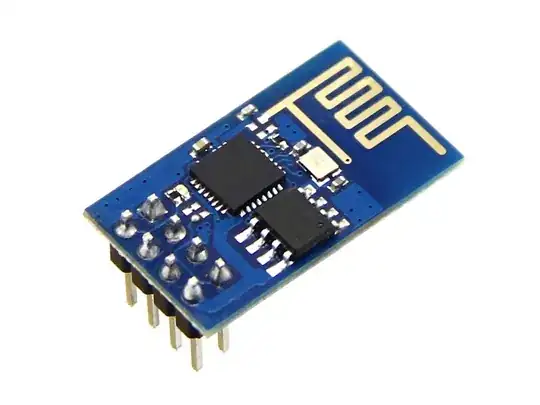I'm building a project where I have multiple Arduinos, each having a temperature sensor and a [input wireless transmission method here].
This data would be received by a controller, a Raspberry pi, which would act as the server: call to Arduino, collect the data, and store it. This data would be accessible to a Mobile App, but this is out of the scope of the question.
Requirements:
Arduinos must read simple raw data (in this case, the temperature reading from the sensor) and make it accessible to the Raspberry pi, which would make calls to each Arduino board (from 1 sec to 1 min time frame).
Arduino side must have a low energy consumption, as it would be powered by a small battery;
Data transmission on Arduino end must be as cheap as possible and work in low temperatures (around -5 degrees Celsius). They would be stored be inside a freezer, so temperature and a thick-ish metal layer are obstacles to overcome.
The actual distance would only be a few meters.
Question: is Bluetooth a viable transmission method? Is it possible to pair multiple Arduinos to one Raspberry pi at a single time? If Bluetooth isn't any good, what is? Correct me if I'm wrong, but Wifi is a high energy consumption solution.
OBS: if needed, the Raspberry Pi board could be swapped for an Arduino one.
